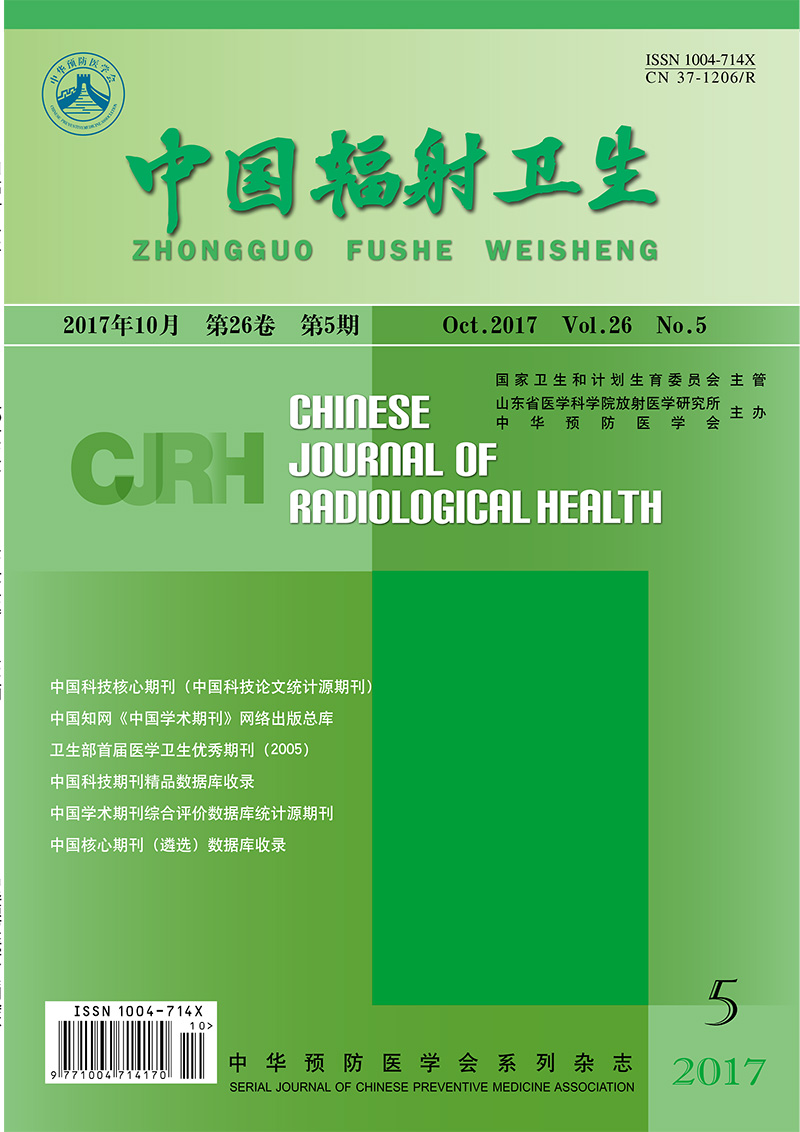LIU Yu, LIU Jian-bin
2017, 26(5): 600-602,605.
Objective To comprehensively analyze the clinical application of CT in the diagnosis of thoracic and abdominal trauma patients.Methods From September 2015 to October 2016, the clinical data of 75 patients with thoracic and abdominal trauma admitted in our hospital were selected as the study subjects, and divided into experimental group and control group according to different diagnostic methods. The control group was diagnosed by computer X-ray imaging (37 patients). The experimental group was treated with spiral CT (38 patients). SPSS 20.0 statistical software was used to analyze the chest trauma (subcutaneous emphysema, rib fractures, scapular fractures, clavicular fractures, pulmonary contusion, pleural effusion, pneumothorax, atelectasis, mediastinal emphysema, longitudinal Pharyngeal hematoma, liver injury, spleen injury, kidney injury, pancreatic injury, pleural hemorrhage, peritoneal hemorrhage, mesenteric laceration, diaphragm injury) diagnostic coincidence rate, computer X-ray imaging performance and spiral CT performance parameters.Results There was no significant difference between the two groups in the diagnosis of scapular fractures, pulmonary contusion, pleural effusion, liver injury, spleen injury, pancreatic injury, peritoneal hemorrhage and diaphragm injury (P>0.05) The diagnostic accuracy of subcutaneous emphysema, rib fractures, clavicular fractures, pneumothorax, atelectasis, mediastinal emphysema, mediastinal hematoma, renal injury, pleural hemorrhage and mesenteric laceration was much higher than that of the control group (P<0.05);击computer X-ray imaging results show:no lung texture of the low-density shadow, the inner edge can be seen by the oppression of the collapse of the lungs shade boundaries; spiral CT examination results show:renal parenchyma round high density and border More vague.Conclusion The clinical application of spiral CT in the diagnosis of thoracic and abdominal trauma is significantly higher than that of CR.

